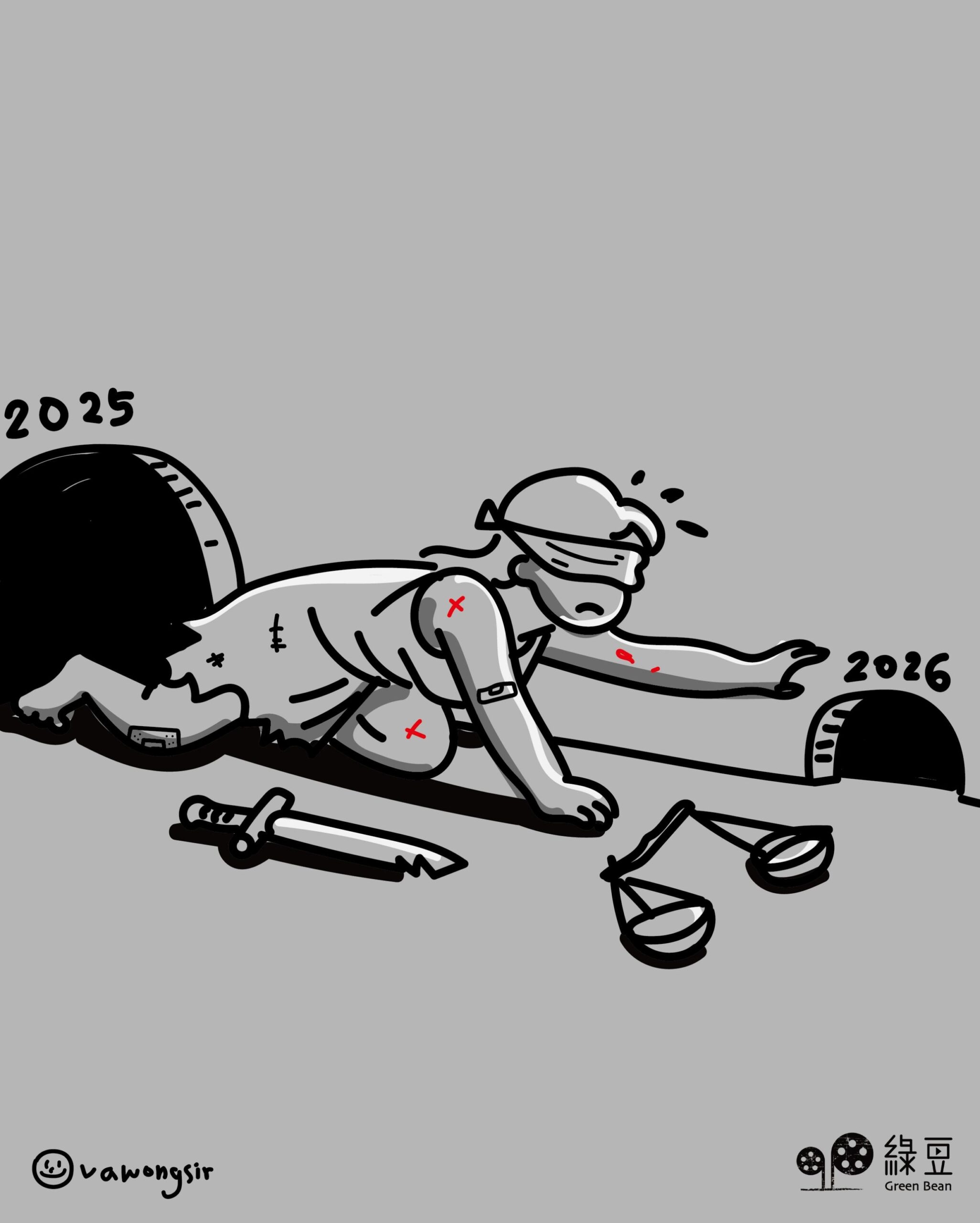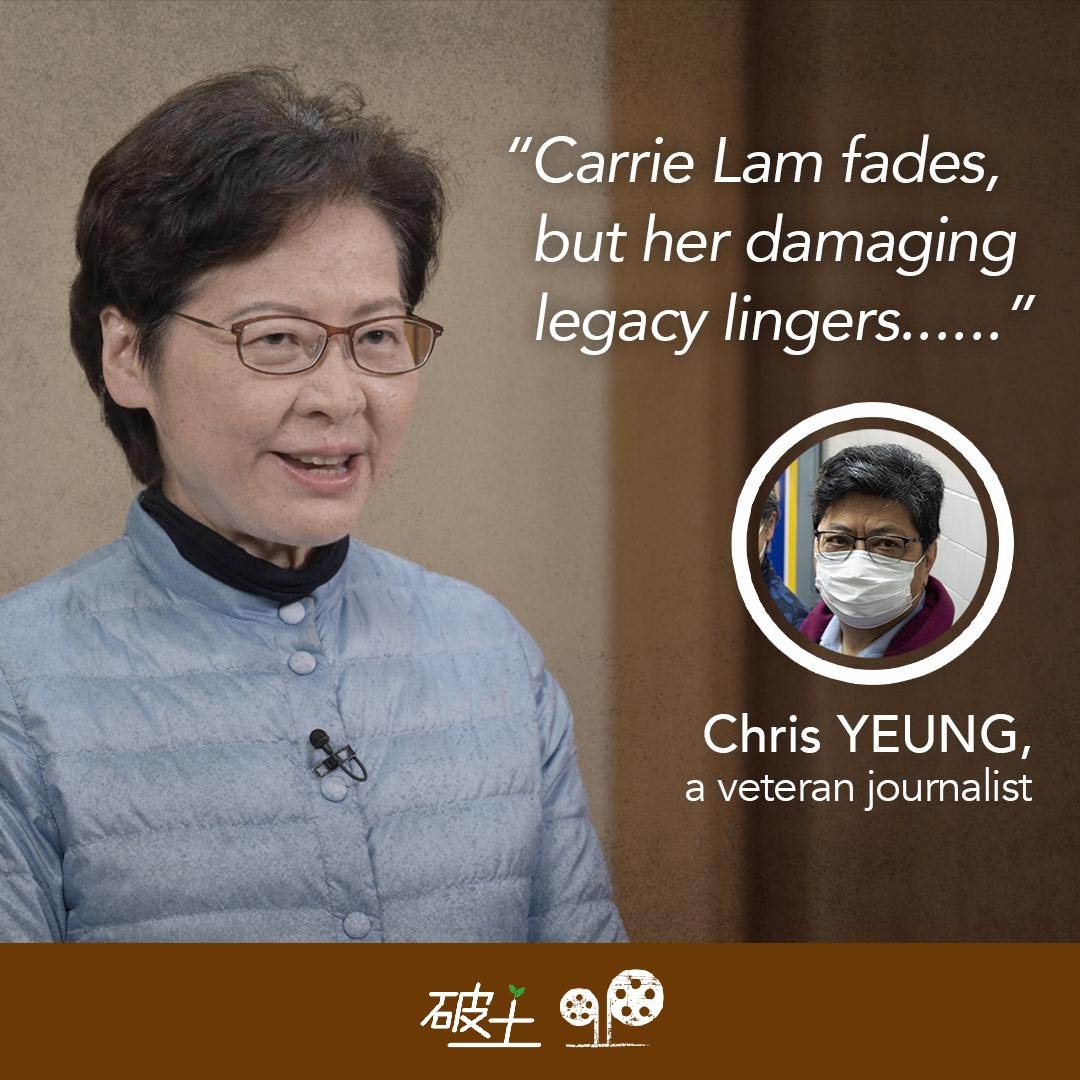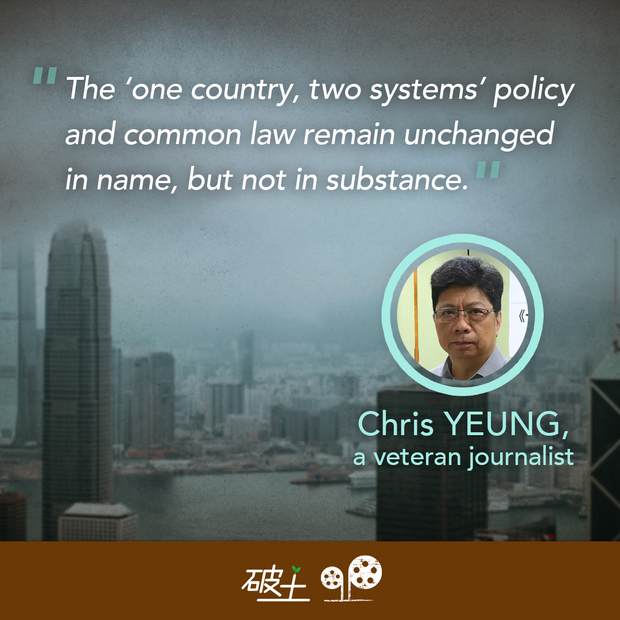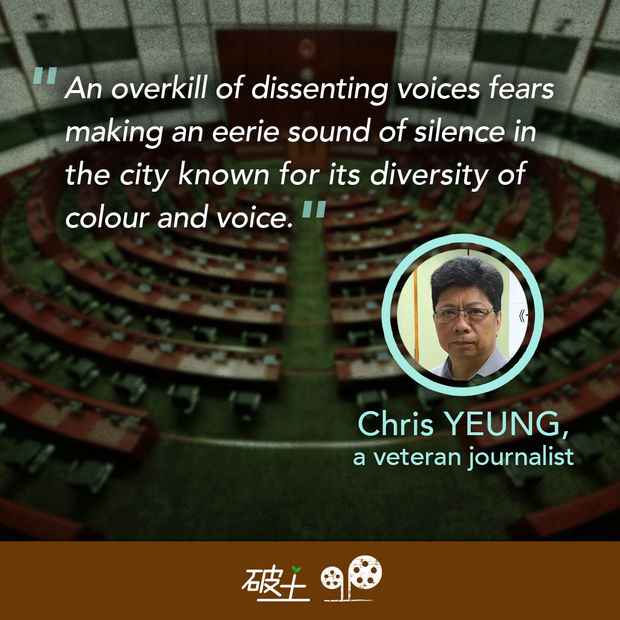New youth plan won’t heal old wounds
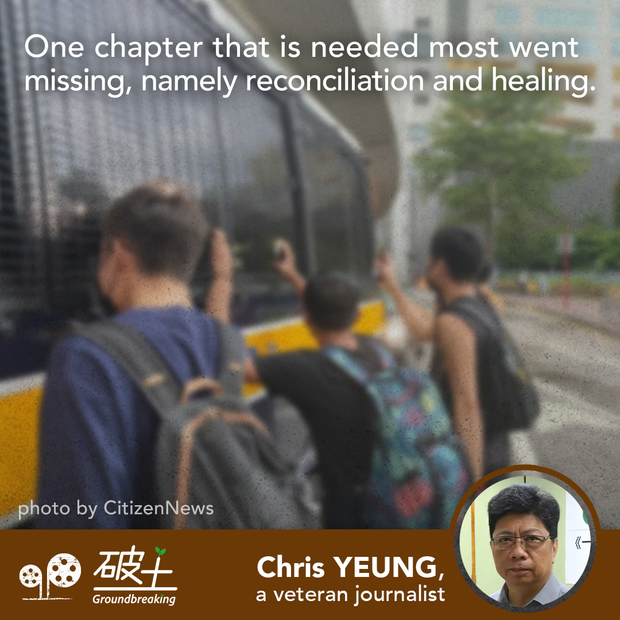
Flashed back to October 2017, Carrie Lam was full of hope and promises when she delivered her maiden policy address after taking up the post of chief executive vacated by Leung Chun-ying.
With hindsight, Leung’s five-year term marked the beginning of its end when the Occupy Central movement erupted in September 2014, which saw students joining en masse the fight for universal suffrage. The 79-day civil disobedience movement ended in failure but largely peacefully, with the rife between government and people, in particular young people, and society at large further widened.
Dubbed “divisiveness 1.0” for his alleged role in splitting the society, Leung lost his job. (He said he decided not to seek election because of family reasons.) Then came Carrie Lam.
Learning from the failure of her former boss (Leung), Lam had given added significance to youth work in her 2017 Policy Address. In a section entitled “Connecting with the young”, she said, “In the next five years, we will strive to do our best in youth development work by addressing their concerns about education, career pursuit and home ownership, and encouraging their participation in politics as well as public policy discussion and debate.
“In doing so, the younger generation will see hope and opportunities for upward mobility. This will, in turn, help address deep-rooted social conflicts.”
Five years on, Lam’s youth policy was a miserable failure. She followed Leung’s footsteps to become another ex-chief executive. Then came John Lee.
On December 20, Secretary for Home and Youth Affairs Alice Mak announced the Lee administration’s first Youth Development Blueprint. It contains more than 160 measures relating to housing, entrepreneurialism and career development, and nurturing patriotism, designed to help the city’s youth participate in society and reach their potential.
The lengthy blueprint contains four chapters, namely exploration, hope, empowerment and contribution. One chapter that is needed most went missing, namely reconciliation and healing.
Rocked by a political storm of her own making after she tried to bulldoze an extradition bill, Lam’s agenda of young people covering education, jobs, housing and political participation was turned upside down.
To add insult to injury, young people were hurt most during the protracted social movement that saw fierce clashes between riot police and protesters.
Figures speak a lot of the wounds inflicted on the city’s youths.
According to Police figures, a total of 10,278 people were arrested between June 9, 2019 and the end of June this year. They are aged between 11 and 79. Of them, 4,010 are students, representing 39 percent of those who were arrested. Only about 30 per cent of those who were arrested have been formally charged. The remaining 70 per cent of cases are still under investigation.
More than three years after the social unrest erupted, the investigation and prosecution of people allegedly breaching such laws as rioting and unlawful assembly seems to have no sight of an end.
Press reports of cases of young people being convicted and given years of imprisonment in the past year or so have seemingly become routine news, of which some had gone unnoticed and under-reported in the media.
It would be seriously wrong, however, for the Government to under-estimate the fresh damages inflicted by the protracted probe and prosecutions on the millions of people who had joined the chorus of calls for Carrie Lam to withdraw the extradition bill and conduct an independent inquiry into Police’s handling of the protests, among others.
Many of whom were students who had either taken part in one way or another in the movement or had had their friends landing into trouble for alleged violations of law.
For many others who are in school age, 20s or 30s, the shock and aftershock of the social movement have seriously dented their confidence in the future of the city.
In his maiden policy address delivered in October, John Lee said the local labour force shrank by 140,000 over the past two years. Of them, officials later said half were aged between 25 and 39. Of those who fled the city for the United Kingdom under the new BNO passport scheme, many are young families with children in school age.
Superficially, they represent a small portion of the total population, which still stood at 7.2 million.
But their feelings of doubts, pessimism and hopelessness have been prevalent in the society, in particular in the 20-40 age group, which have been aggravated by the Government’s continued 2019-related prosecutions and all-dimensional attempts to shape the development of youths through national education.
For various reasons, many may stay in Hong Kong, at least for now. But with the roots of deep-seated contradictions remaining unresolved, old wounds unhealed and new controversies emerging, the restless state of the youth in the city will cast a long shadow over its future development.
▌[At Large] About the Author
Chris Yeung is a veteran journalist, a founder and chief writer of the now-disbanded CitizenNews; he now runs a daily news commentary channel on Youtube. He had formerly worked with the South China Morning Post and the Hong Kong Economic Journal.

